Two-Spirit Movement
First Nation Goods is working to support the Two-Spirit Movement with donations
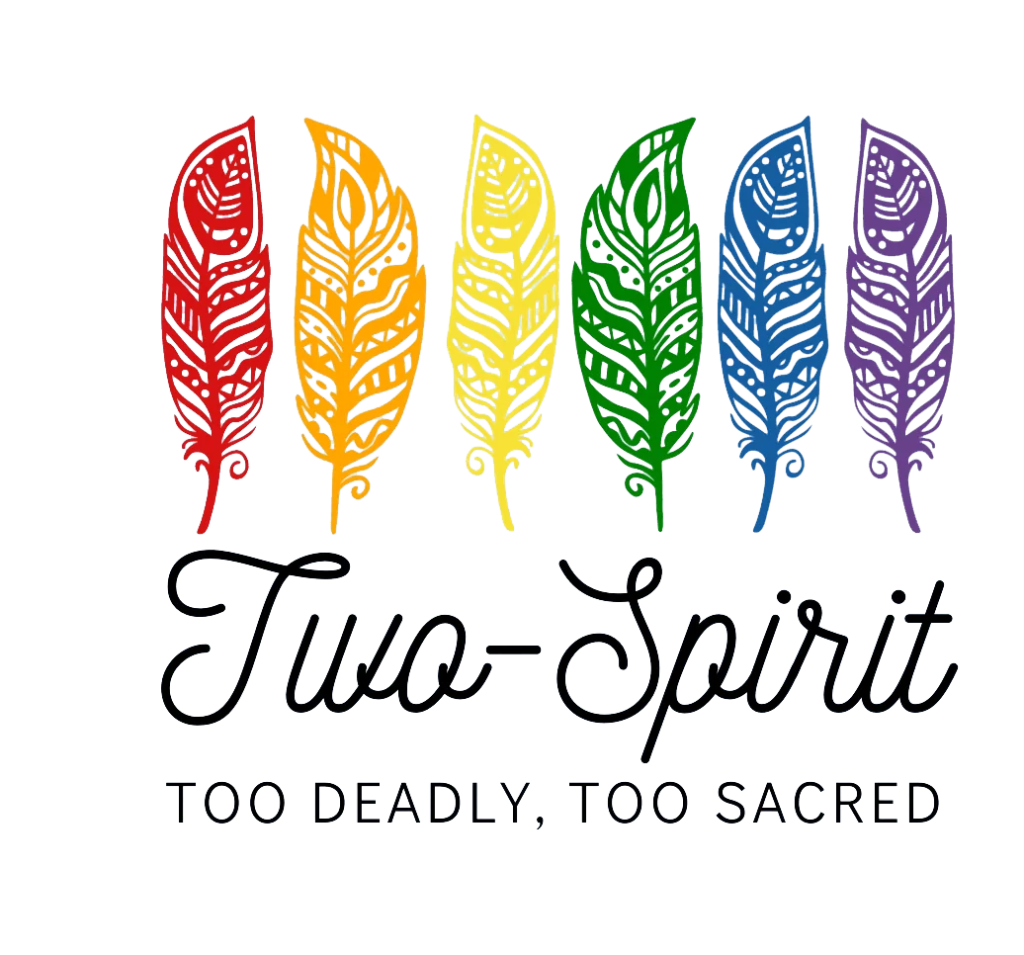
Though Two-Spirit may now be included in the umbrella of LGBTQ, The term “Two-Spirit” does not simply mean someone who is a Native American/Alaska Native and gay.
Traditionally, Native American two-spirit people were male, female, and sometimes intersexed individuals who combined activities of both men and women with traits unique to their status as two-spirit people. In most tribes, they were considered neither men nor women; they occupied a distinct, alternative gender status. In tribes where two-spirit males and females were referred to with the same term, this status amounted to a third gender. In other cases, two-spirit females were referred to with a distinct term and, therefore, constituted a fourth gender. Although there were important variations in two-spirit roles across North America, they shared some common traits:
Specialized work roles. Male and female two-spirit people were typically described in terms of their preference for and achievements in the work of the “opposite” sex or in activities specific to their role. Two-spirit individuals were experts in traditional arts – such as pottery making, basket weaving, and the manufacture and decoration of items made from leather. Among the Navajo, two-spirit males often became weavers, usually women and men’s work, as well as healers, which was a male role. By combining these activities, they were often among the wealthier members of the tribe. Two-spirit females engaged in activities such as hunting and warfare, and became leaders in war and even chiefs.
Gender variation. A variety of other traits distinguished two-spirit people from men and women, including temperament, dress, lifestyle, and social roles.
Spiritual sanction. Two-spirit identity was widely believed to be the result of supernatural intervention in the form of visions or dreams and sanctioned by tribal mythology. In many tribes, two spirit people filled special religious roles as healers, shamans, and ceremonial leaders.
Same-sex relations. Two-spirit people typically formed sexual and emotional relationships with non-two-spirit members of their own sex, forming both short- and long-term relationships. Among the Lakota, Mohave, Crow, Cheyenne, and others, two-spirit people were believed to be lucky in love, and able to bestow this luck on others.
A portion of all proceeds from Two-Spirit apparel will be donated to the Two-Spirit movement
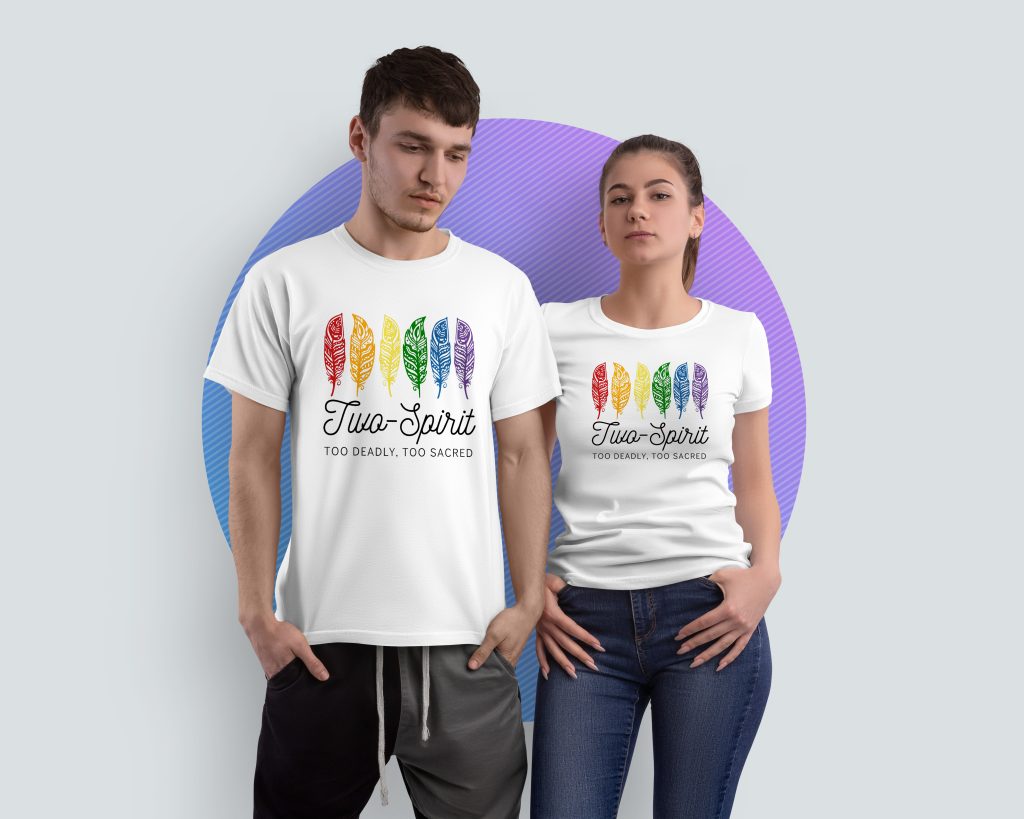
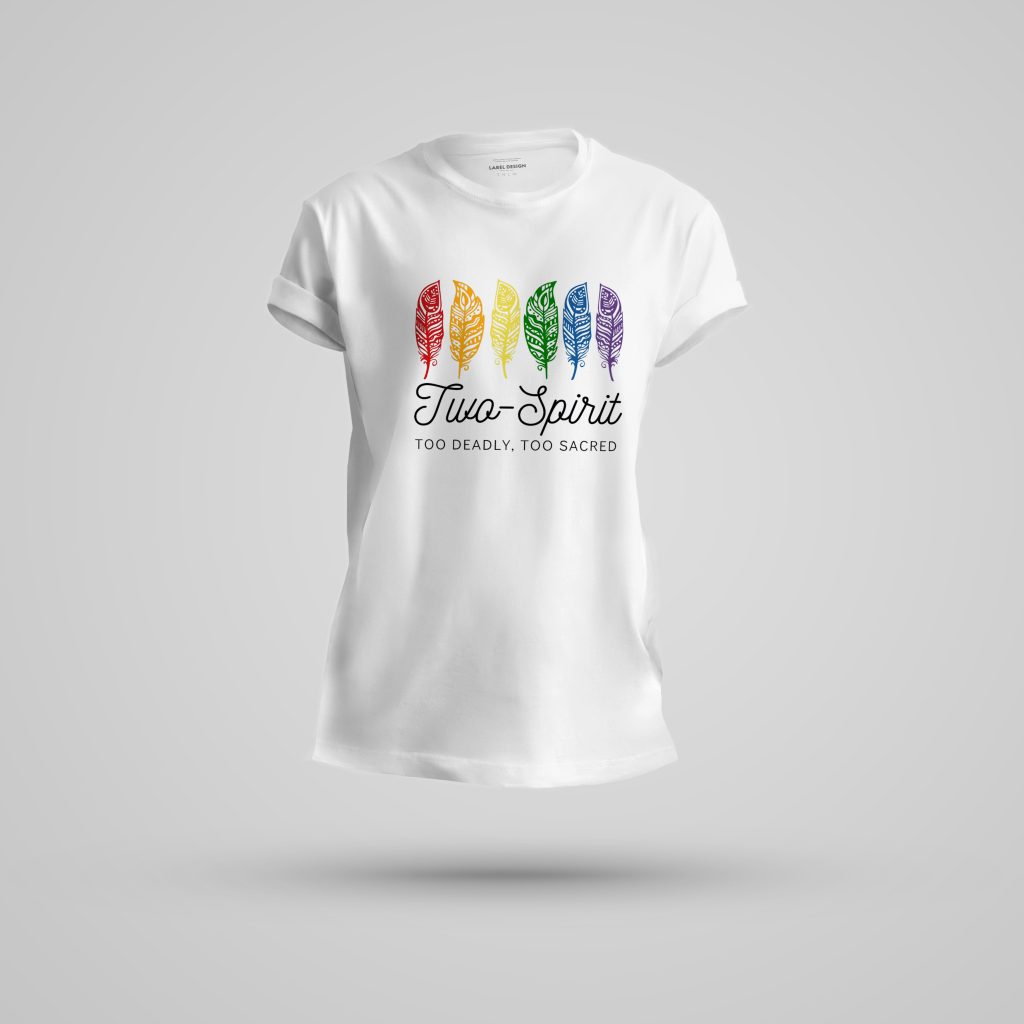
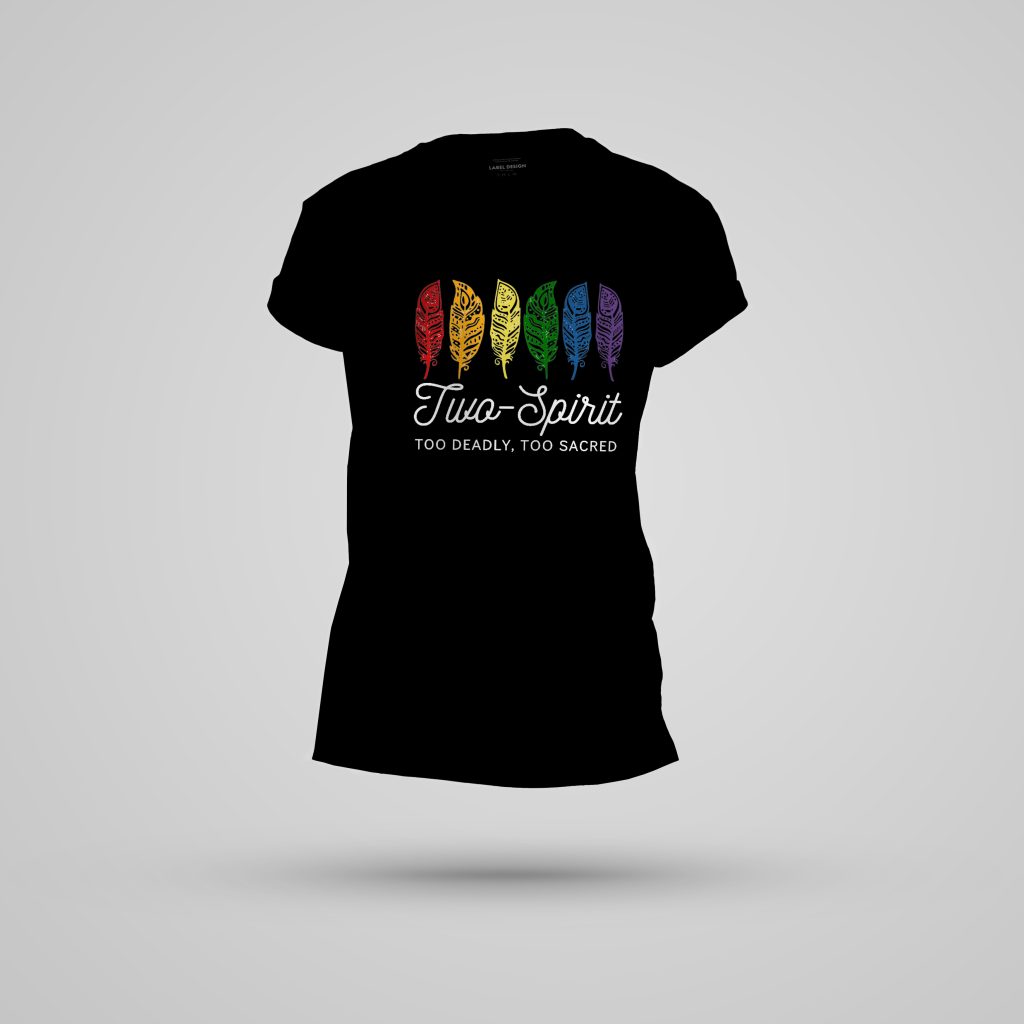
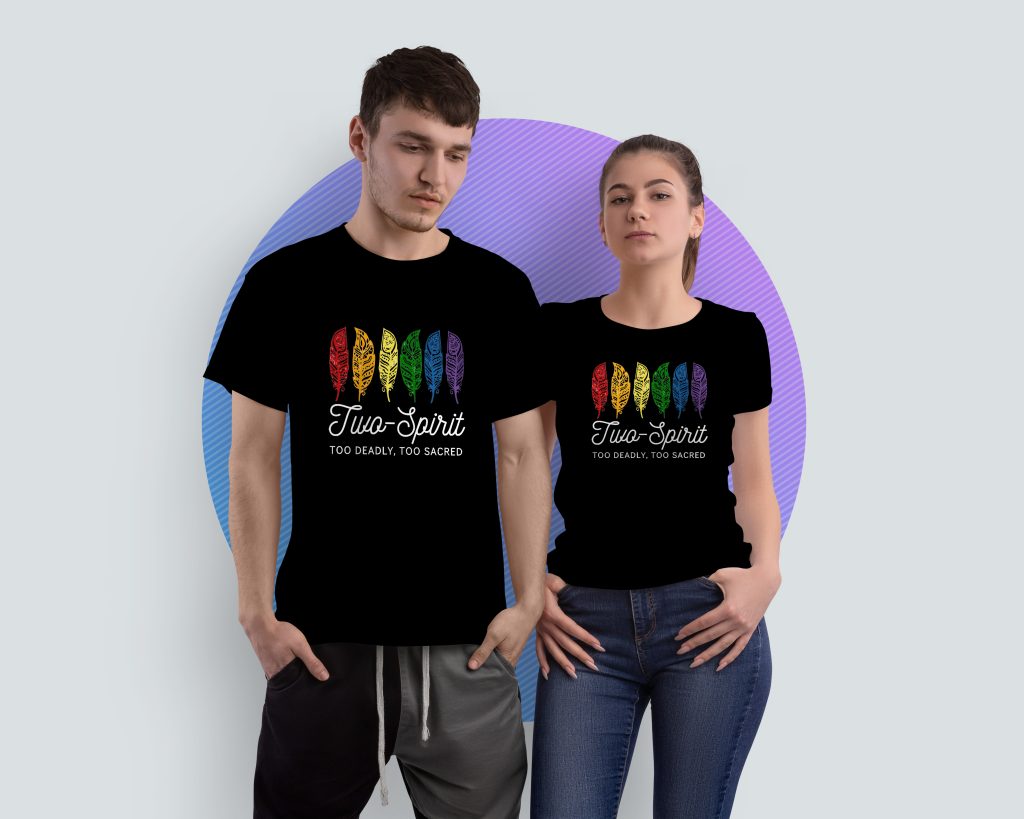
Contact
PO Box 88065 Levi Creek,
Mississauga ON L5N 8M1


